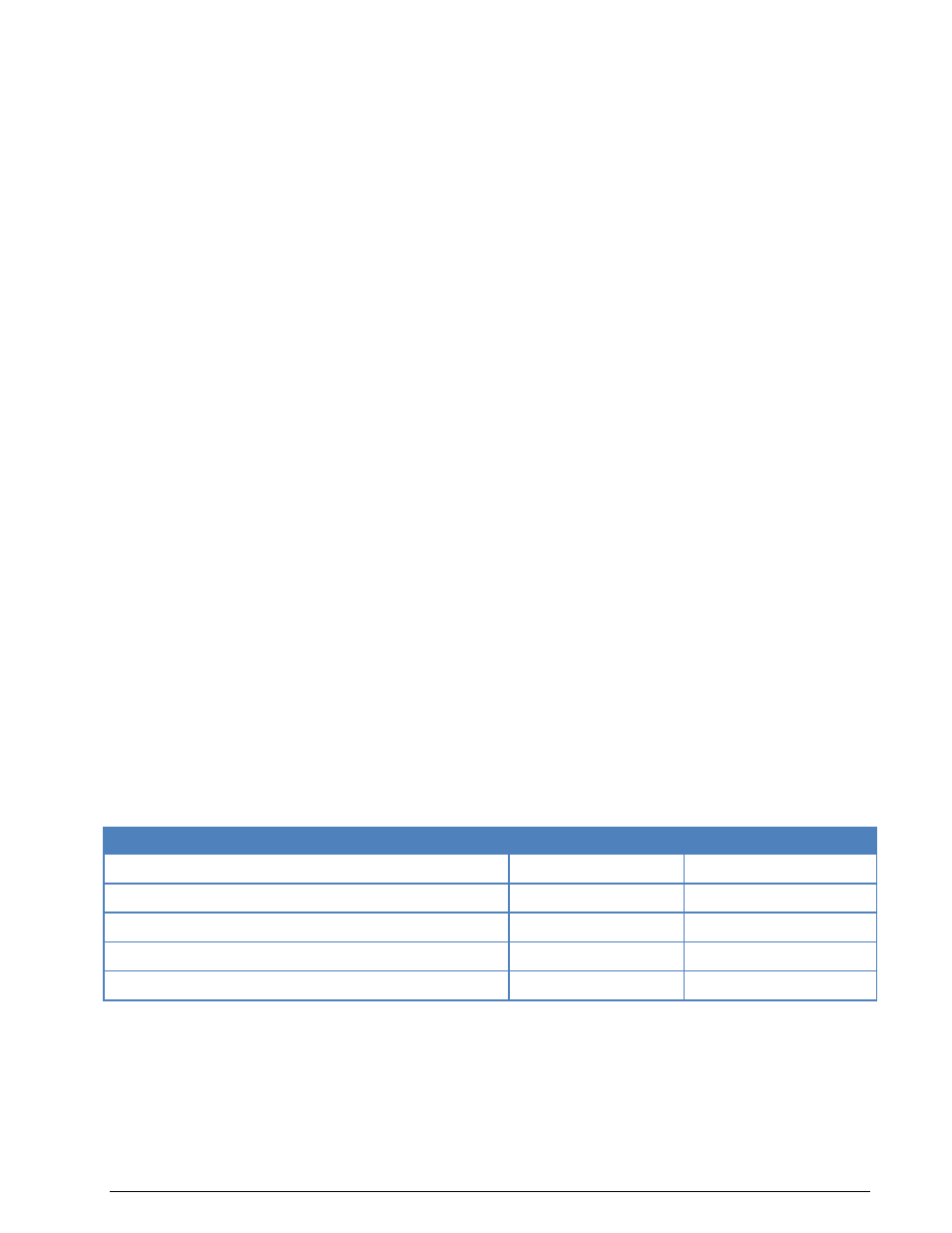Selcal, Server, Shift – Wavecom W61PC V7.5.0 User Manual
Page 346: Size control, Snac, Space, Spinner

336
Glossary of Terms
WAVECOM Decoder W61PC/LAN Manual V7.5
SELCAL
Selective call systems are an efficient supplement to voice traffic. One method was the so-called single-
tone-mode using five different tone frequencies, another one the two-tone-modes, where the call number
is transmitted as frequency combinations.
Developments led to the five-tone-sequence systems. The five digits are often divided into two groups.
The first digits work as radio net flags, the last three digits are user call numbers.
The entire call number is transmitted by consecutive tones in decade sequence. When two identical digits
are to be transmitted consecutively, then an eleventh frequency is used as a repetition identifier. If there
more than two identical digits are to be transmitted the repetition tone is appended to the digit tone (e.g.
22222 is transmitted as f2 fw f2 fw f2, where f2 is the tone for “2” and fw is the repetition tone).
In most systems the accuracy of the single frequencies has to be within +1/-1.5% of the nominal value.
Modifications of the tone allocation and tone duration has led to numerous systems despite many stand-
ards.
Only the EURO (EuroSignal) system uses six consecutive tones. The worldwide telephone signaling stand-
ard DTMF mode transmits two simultaneous tones.
Server
See file server.
Shift
The difference between two tones in an FSK transmission.
Size control
A screen element found on WINDOWS that allows you to change the window size.
SNAC
Single Network Access Code.
SNR
Signal-to-Noise Ratio.
Space
Application
Condition
Condition
Voltage to signal ground
Negative (-)
Positive (+)
Conventional term
MARK
SPACE
Binary digit value
1
0
Timing signal state
Off
On
FSK signal state
Lower frequency
Higher frequency
Spinner
A control that allows you to increment or decrement numbers either by typing the numbers or clicking the
UP and DOWN arrow keys.
